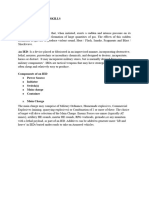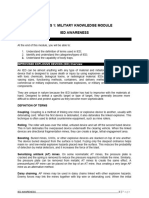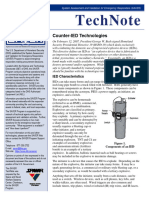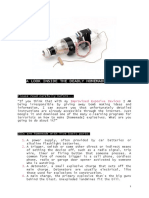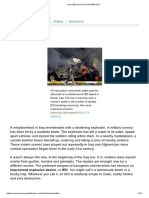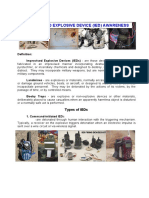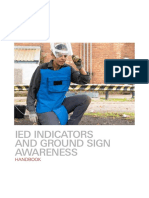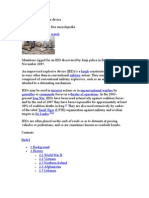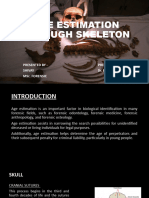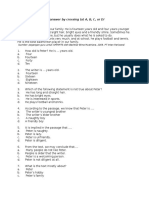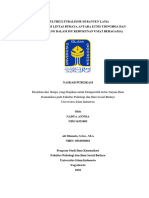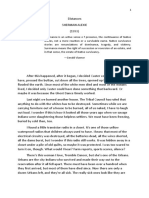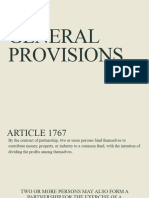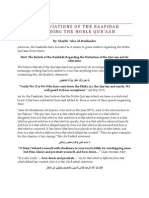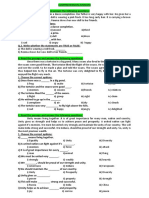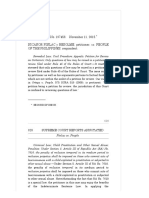0% found this document useful (0 votes)
48 views5 pagesLecture Note On IED.
The document provides a comprehensive overview of Improvised Explosive Devices (IEDs), including their definitions, types, components, and effects. It emphasizes the importance of identification and safety measures in the event of an IED threat or explosion, outlining procedures for security agencies and individuals. Additionally, it covers counter-IED strategies and the significance of ground sign awareness in detecting potential threats.
Uploaded by
idowuridwan360Copyright
© © All Rights Reserved
We take content rights seriously. If you suspect this is your content, claim it here.
Available Formats
Download as PDF, TXT or read online on Scribd
0% found this document useful (0 votes)
48 views5 pagesLecture Note On IED.
The document provides a comprehensive overview of Improvised Explosive Devices (IEDs), including their definitions, types, components, and effects. It emphasizes the importance of identification and safety measures in the event of an IED threat or explosion, outlining procedures for security agencies and individuals. Additionally, it covers counter-IED strategies and the significance of ground sign awareness in detecting potential threats.
Uploaded by
idowuridwan360Copyright
© © All Rights Reserved
We take content rights seriously. If you suspect this is your content, claim it here.
Available Formats
Download as PDF, TXT or read online on Scribd
/ 5
